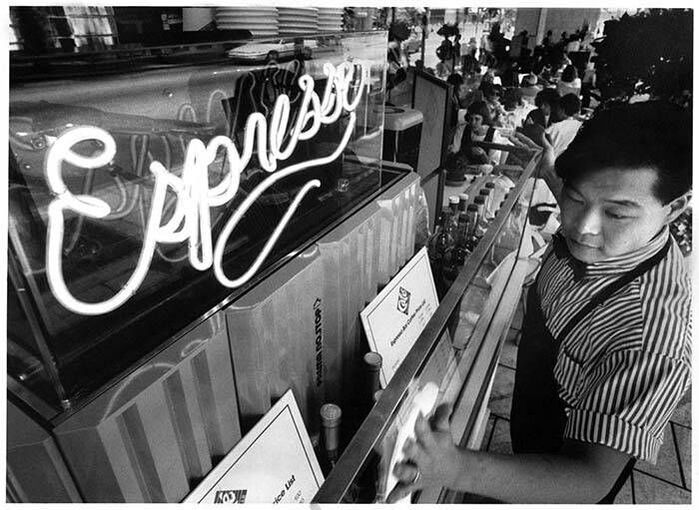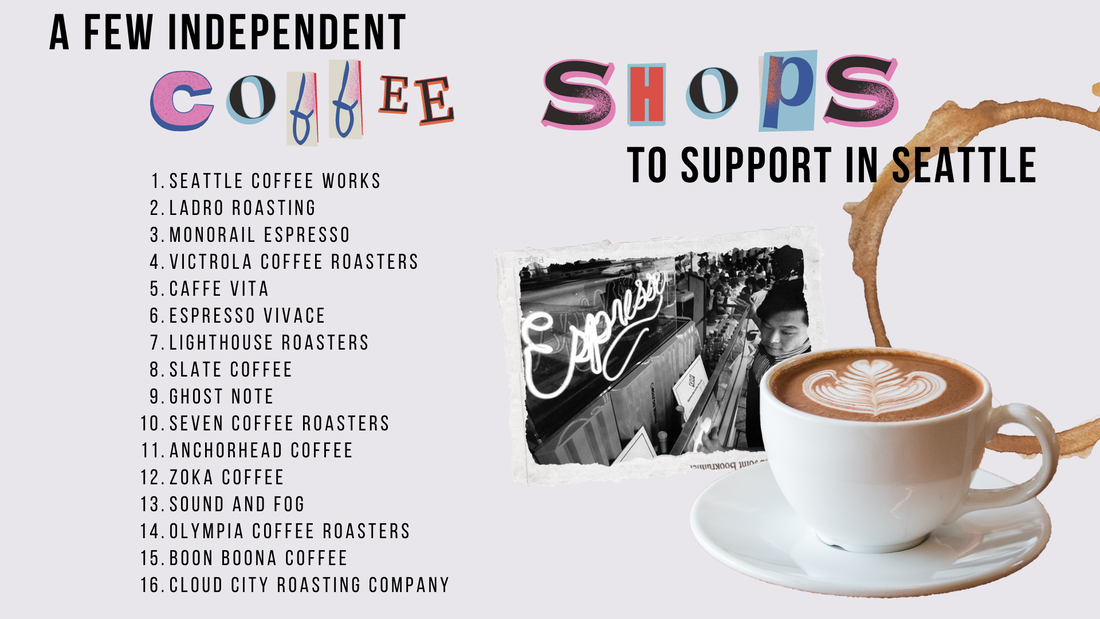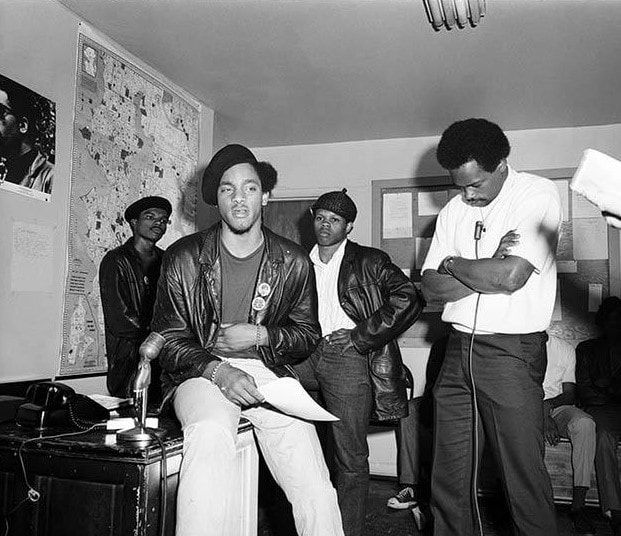|
Written by Karen. Introduction When the city of Seattle is mentioned, some of the first things that come to most people's minds are rain, the Space Needle, and of course, coffee. The birthplace of Starbucks and home to a variety of coffee houses, Seattle is full of rich coffee culture and its influence has spread across generations. From year to year, Seattle usually finds its way somewhere in the top 10 or top 5 cities for coffee lovers.[1] A 2020 study found that there are 56 coffee shops per 100,000 residents.[2] The city also has the highest ratio of Starbucks cafes per capita - around one café for every 4000 people.[3] Seattle’s cold, rainy weather makes it the perfect place to sip a warm cup of freshly brewed coffee. There's just something about being subjected to the soggy weather the majority of the year that makes having a warm cup of coffee in your hand a must. The extra jolt of caffeine, the idea of getting cozy at a café, and the seasonal comfort. General Coffee House History Coffee Houses are a staple of modern society. Jonathan Morris, coffee historian, has identified the following key moments in the history of modern coffee houses, beginning in the Ottoman Empire in the mid-1500s.[4] Liquor and bars were banned to most practicing Muslims - coffee was deemed a legitimate non-intoxicating drink by religious officials, and Ottoman coffee houses provided a democratic space for Muslim men to gather and socialize outside the mosque. Coffee culture developed rapidly, and coffee houses quickly became known as meeting places for political discussion. Coffee’s affordability and accessibility eroded centuries of social norms of social class. By the early 1500s, coffee shops were outlawed by Ottoman officials, as they believed that the gathering places encouraged disruption of ruling in the country. Coffee then spread throughout Europe in the mid-1600s, primarily through metropolitan cities like Vienna, London, and Paris. In Europe, the process of adding milk, cream, and sugar was introduced. Just like in the Middle East, European coffeehouses were used to enable patrons to stage debates, read the local paper, and converse. From the 1850s to the 1950s, coffee was transformed into an industrial product in the United States. Coffee houses spread to the Americas early on in their colonization. After the Second World War, coffee became a global commodity. Seattle Coffee History Where did Seattle get its affiliation with coffee from? Seattle has a long history of coffee, beginning with roasteries selling out of Pike Place Market. The first began in 1895 when Oscar Delaloyes opened Seattle Tea and Coffee in the Pike Place Market after finding some coffee beans on the ground and roasting them.[5] The popular roastery Manning’s, followed suit in 1908. During the late 60s’ and early 70s, coffee houses boomed across the United States, and Seattleites welcomed coffee house culture. In particular, the city gained a reputation for European-style espresso shots, aided in large part by the city’s first coffee cart, Monorail Espresso, introduced in 1980.[6] The founding of a new coffee store by Jerry Baldwin, Gordon Bowker, and Zev Siegel in 1971 in the cobblestone streets of Pike Place Market brought a new name to the Seattle coffee scene—Starbucks.6 The original Starbucks focused on beans rather than brewed drinks. That changed when Starbucks was bought by Howard Schultz in 1987, who noticed the popularity of Italian-inspired coffee, and shifted the focus of the company to providing prepared drinks.[6] Without a doubt, Starbucks altered American coffee culture significantly as the hallmark of the “second wave” of coffee culture. With the rise of popular chains like Starbucks and Peet’s coffee, coffee became a part of daily life, and specialty drinks like the Frappuccino focused on the creativity of the drink. Starbucks's widespread growth also led to the company buying up the competition (like Seattle’s Best Coffee) and putting local coffee shops out of business. The coffee giant scoops the best locations and forces independent shops to do business in less-trafficked areas.[7] In many cities, the appearance of a Starbucks is a sign that a neighborhood is about to be gentrified.[8] Independent Coffee Shops Almost immediately, in response to the homogeneity of second wave coffee houses, a “third wave” of coffee culture began to emerge in Seattle as coffee aficionados began pulling away from major coffee chains and began seeking out smaller local shops. These local shops were able to compete with Starbucks by offering what they didn’t: artisanal quality coffee. Now it is common to go into an independent coffee shop and be provided with information about your coffee’s farm, harvest date, processing style, roast date, coffee variety, and tasting notes. [9] However, what makes each corner café unique depends on the shop. There are coffee shops on nearly every block, and espresso is available at hundreds of walk-up and drive-through coffee shops. With all the competition, coffee houses must find a way to differentiate themselves from the rest of the pack. Whether that means offering ice cream, fast Wi-Fi, folk music, café cats, or bikini baristas, each independent coffee business provides a completely unique experience. Coffee houses offer unique environments that have been cultivated around the city for people to gather, work, and feel at home. Swipe through for espresso-sized servings of Seattle's coffee history as seen through photos in the MOHAI collection. Footnotes
Additional sources: Borg, Shannon. "Seattle Coffee Guide: Locally Roasted Beans" (Coffee: How Seattle Built a Culture). Seattle Magazine. Retrieved 15 November 2011. https://seattlemag.com/locally-roasted-beans Dickerman, Sarah. “Seattle Coffee Guide: The Evolution of Coffee.” Seattle Magazine, November 27, 2018. https://seattlemag.com/article/seattle-coffee-guide-evolution-coffee. Grambush, Jacklyn. “A Brief History of Coffee in Seattle.” The Culture Trip, October 23, 2017. https://theculturetrip.com/north-america/usa/washington/articles/a-brief-history-of-coffee-in-seattle/. “History of Coffee in Seattle.” Bartell Drugs, August 25,2021. https://www.bartelldrugs.com/blog/history-of-coffee-in-seattle/. Michelman, Jordan. “How the Pacific Northwest Became a Coffee Paradise.” Eater Portland, June 14, 2021. https://pdx.eater.com/22436234/history-coffee-pacific-northwest-portland-seattle. Tomky, Naomi. “Where to Find the Classic Coffee Shops That Made Seattle World Famous.” Thrillist, March 18, 2019. https://www.thrillist.com/drink/seattle/classic-seattle-coffee-shops-starbucks-history. Stork, Christina. “The History of Peet's Coffee.” Peet's Coffee, July 16, 2021. https://www.peets.com/blogs/peets/the-history-of-peets-coffee. Yeah, Joon Han-Mann. “Seattle Coffee Scene Becomes Young Again.” Edited by Jaewook Jung. Lotte Hotels & Resorts Magazine, July 2020. https://www.lottehotelmagazine.com/en/food_style_detail?no=328.
0 Comments
Written and created by Gabriella and Sue
The Black Panther Party for Self-Defense was founded in 1966 in Oakland, CA by Huey P. Newton and Bobby Seale. In the spring of 1968 the Seattle chapter, the first outside of California, was co-founded by Aaron Dixon and his brother Elmer. Like other branches, the Seattle chapter opened health clinics, ran a free breakfast program for children, and protected citizens from police harassment. While active, the Black Panthers were targeted by the FBI (1). This included tactics such as killing party leaders, smear campaigns, and arresting members on trumped up charges. Though the Seattle chapter only lasted 10 years, it created lots of change. Here in Seattle we have one of the last medical clinics started by the Panthers. Across the nation, schools provide free and reduced price breakfast to students, a practice first initiated by the Panthers (2). Though the Panthers no longer operate in an official capacity, their legacy and goals live on.
Explore this interactive map of places and spaces in Seattle tied to the history of the Black Panther Party.
Footnotes
|




 RSS Feed
RSS Feed